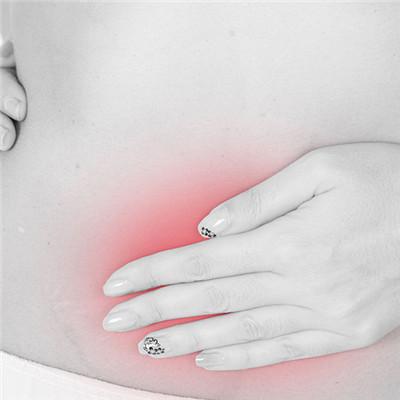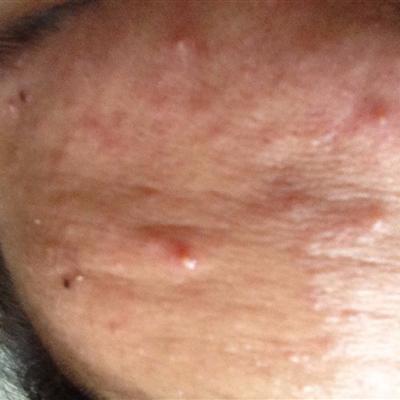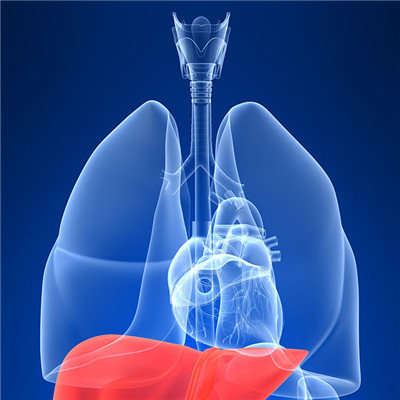How is infantile toxic dysentery caused?
summary
Toxic dysentery is a serious type of bacillary dysentery, which is more common in children aged 2-7 years. The onset of the disease is sudden, and the course of the disease is extremely dangerous. If the treatment is not timely, the sick child may soon have respiratory or (and) circulatory failure and die. In the 1950s, there was an epidemic of toxic dysentery among children in China, with a mortality rate of 20% - 30%. How is that infantile toxic dysentery caused?
How is infantile toxic dysentery caused?
All types of Shigella can cause toxic dysentery, there is no difference. A series of pathophysiological changes (stress reaction or hypersensitivity reaction) occur in human body after infection with Shigella dysenteriae under the action of bacteria and endotoxin. The general process is as follows: bacteria and endotoxin rarr; Activation of autonomic preganglionic parasympathetic system rarr; Excitatory sympathetic and parasympathetic rarr; The secretion of acetylcholine and catecholamine increased, rarr increased; Parasympathetic M receptor and sympathetic alpha; The receptor stimulated rarr; Microvascular relaxation and contraction disorder rarr; Acute microcirculation disturbance of the whole body.
The incubation period ranged from several hours to 1-2 days. Acute onset, rapid development, sudden high fever, body temperature of 39-40 ℃, or even higher, mental depression, drowsiness, repeated convulsions, coma, and even circulatory and respiratory failure and other serious symptoms. However, gastrointestinal symptoms of diarrhea in the early stage is often not obvious, often need 0.9% warm saline (200ml) enema to take deep stool examination, found that most of the white blood cells or red blood cells can be diagnosed.
As the onset of dysentery is rapid, the development is fast, and the condition is critical, we should spare no time and spare no effort to rescue. Early rescue is the key to improve the survival rate. In the process of treatment, we should closely observe the condition, comprehensively analyze, grasp the main contradictions, and take corresponding comprehensive treatment measures.
matters needing attention
The prevention of dysentery should fully mobilize the masses, carry out extensive health education, and take comprehensive preventive measures: strengthen the health management of children, pay attention to personal hygiene, and wash hands with soap before and after meals; Improve drinking water sanitation, prevent water pollution, do not drink raw water; Strengthen the management of feces. Patients' feces should be soaked with 1% bleach powder or poured with boiling water or sprinkled with quicklime before they can be poured into the sewer or cesspool. The diapers and panties of the sick children should be boiled or soaked in boiling water before they are washed; Strengthen food hygiene, do not eat bad food, raw fruit to wash; Strengthen environmental sanitation, eliminate flies, maggots, food storage should be covered to prevent insect pollution; Early detection, early diagnosis, early isolation and early treatment are the key to control the epidemic of dysentery. Atypical diseases, asymptomatic carriers (rare in childhood) and chronic dysentery are important sources of infection, which should be detected, isolated and treated early. It is necessary to pay attention to the inducement of turning acute dysentery into chronic dysentery, such as rickets, malnutrition and other complications.

















